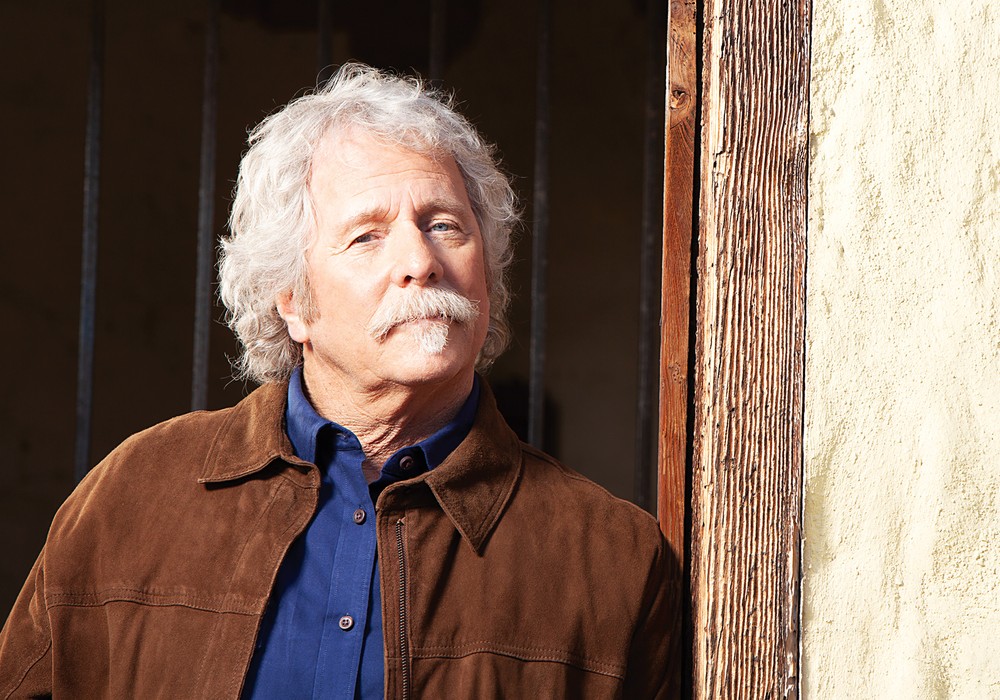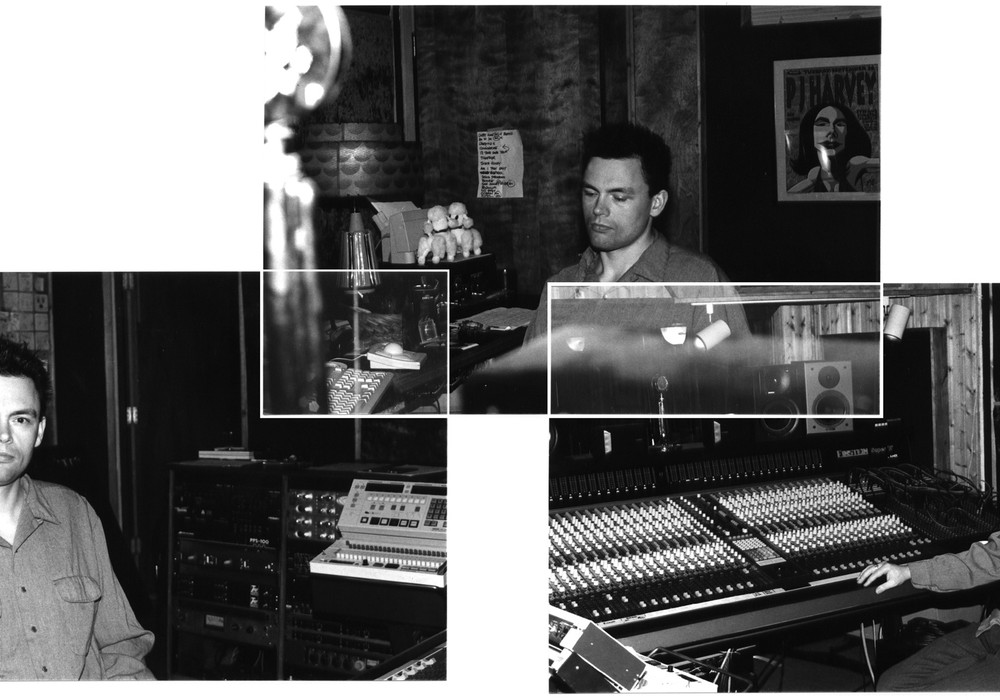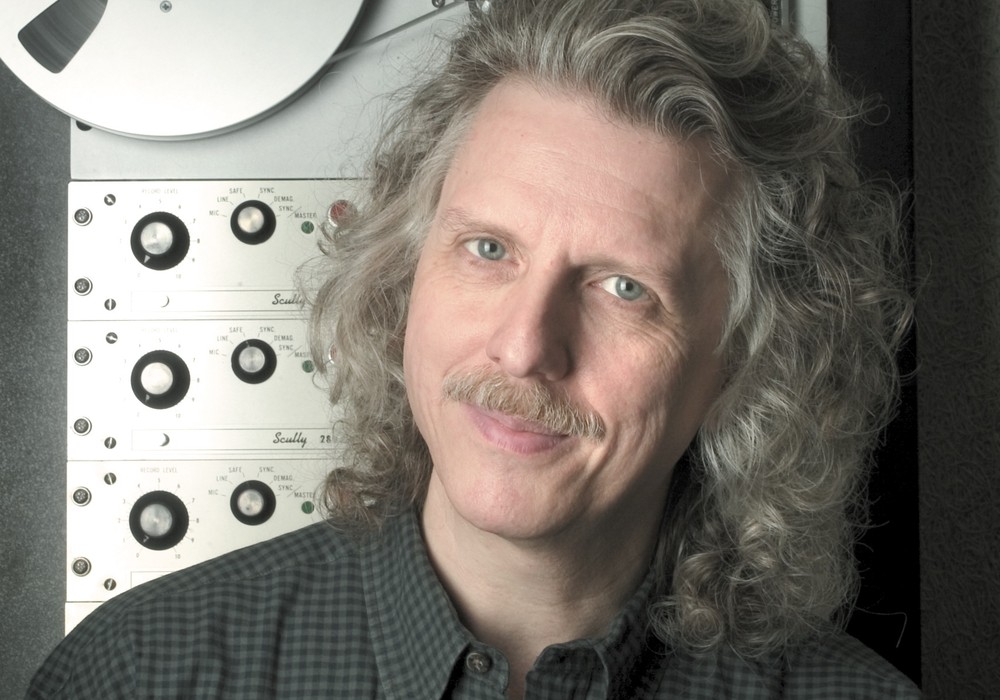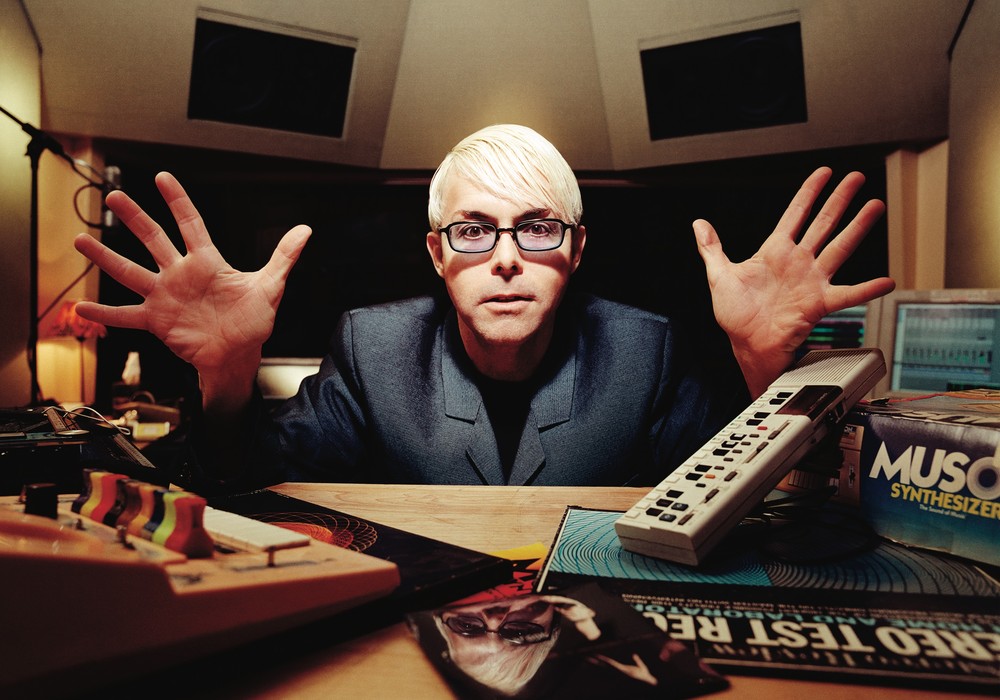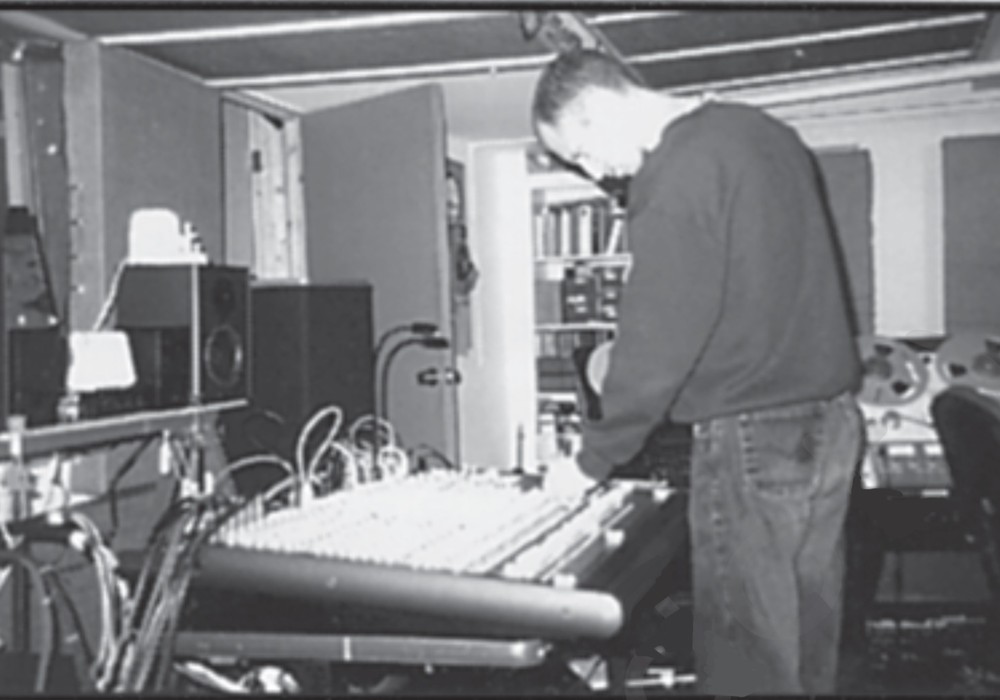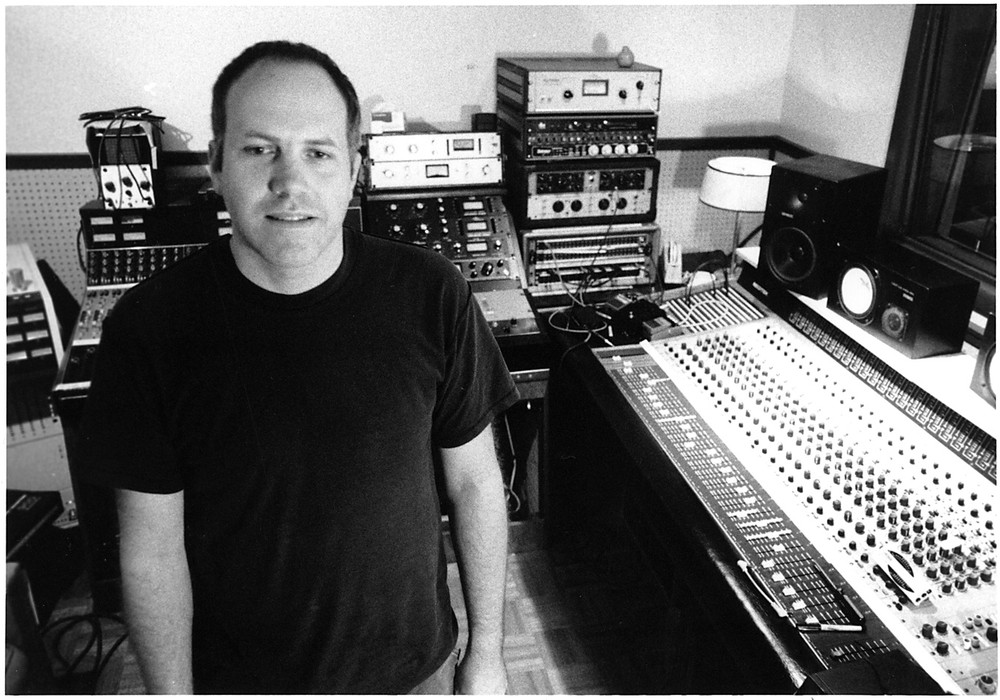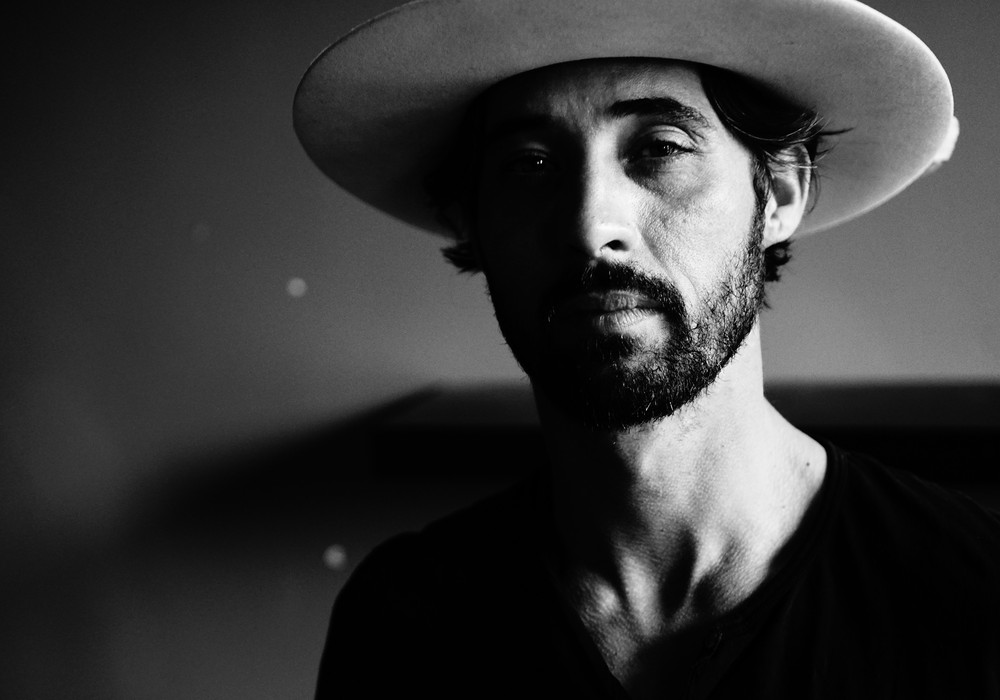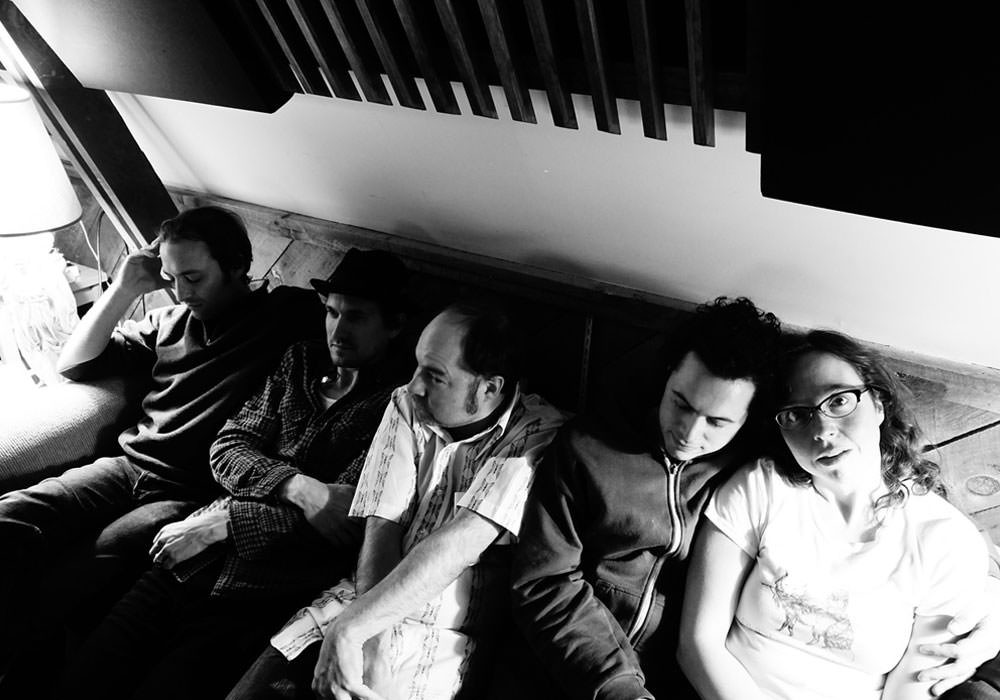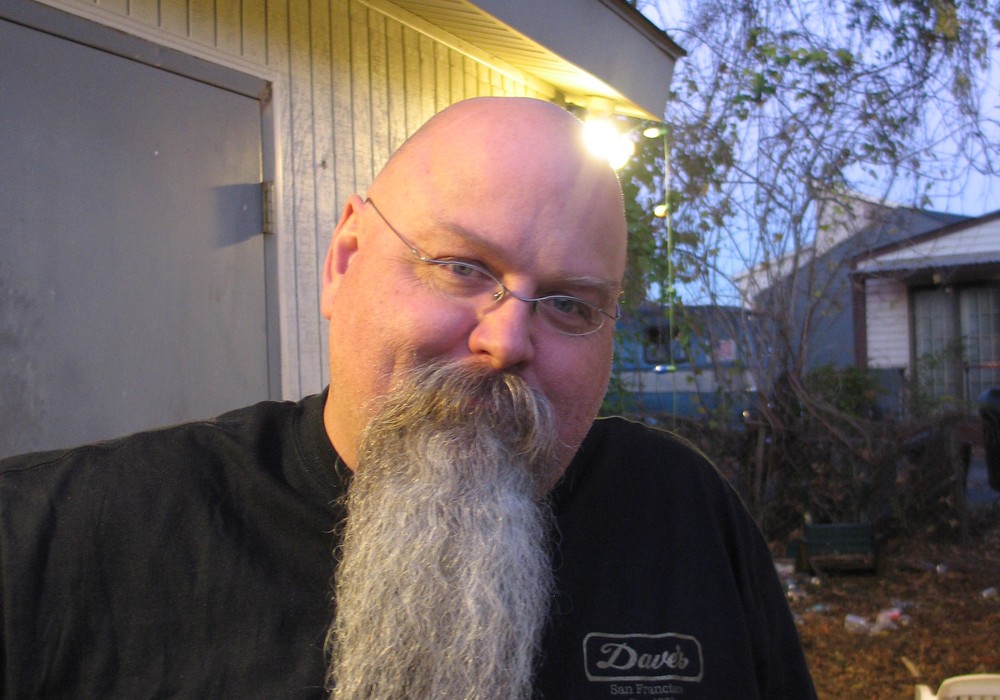Way the heck back, in issue #19 ofTape Op, we interviewed Chris Walla, then an integral part of the up-and-coming Death Cab For Cutie. Now Chris is off on his own, and his first music expedition (and second solo album) is the beautiful and soothing Tape Loops.
Where was Tape Loops recorded?
Tape Loops was recorded at my studio, Hall of Justice, in Seattle. My instrument set was the studio Kawai SK-3 piano, a Wurlitzer 200A electric piano, a Korg MS-20, a Korg 707, an EMS VCS-3 (The Putney), and Nord Lead 2 synthesizers.
What was the main recording equipment?
Initial performances were captured on a 1/2-inch Ampex ATR-102 [reel-to-reel tape deck], and I determined initial edit points and loop lengths on it. Once the loop was cut together, I moved it to a modified Tascam ATR-60 4-track machine for playback, additional treatment, and recording — the stereo track from the 102 [became] effectively four tracks on the Tascam deck. I usually preserved the performance as recorded on the 102 on outside tracks 1 and 4 on the Tascam deck. Those tracks were sent to outboard processing and recorded back to the Tascam on tracks 2 and 3; sometimes with the tape reversed, and sometimes not. Outboard processing for this record was primarily one or two Lexicon pcm 41 [digital reverbs], the AMS rmx 16 [digital reverb], an Eventide H3000 [harmonizer], the Moog 500 series Analog Delay and Ladder Filter, an Altec 9067 Filter, a Urei Cooper Time Cube delay, an AKG BX20 spring reverb, and using a Chandler Universal Mix Controller for mixing. Sometimes I recorded new, secondary performances onto the loop on the Tascam. One piece of semi-critical equipment for this project was the Roland SN-550, a single-ended noise reduction box. Sometimes it's pretty invisible, and sometimes you can really hear it working. It's sort of like a robot bandmate. I've really come to enjoy it. Once the loop was treated and felt "complete," or "right," or such, I transferred the four tracks from the Tascam deck — sometimes with more additional live processing — to a 24-track Studer A820 (at 15 ips, +3/250 nWb/m with CCIR EQ, and Dolby SR in). Once on the 24-track machine, composition and work progressed much as any multitrack session. I recorded click tracks as guides and overdubbed additional instruments to build and flesh out arrangements. Mixdown was through my Quad Eight Ventura console back to the ATR-102 (15 ips, +6/185 nWb/m, CCIR EQ, and no noise reduction). I think I had the Crane Song STC-8 on the mix bus.
In what way were actual tape loops used for composition and recording?
Most of these pieces were recorded initially at 30 ips on the 102, but played back as loops at 15 ips. Once on the loop deck, they usually got slowed down further with varispeed. In the case of "Flytoget," the playback to the multitrack deck was an additional 2 semitones down from 15 ips, about -12%, and the playback from the Studer for the guitar, bass, and Wurlitzer overdubs was also varispeeded down an additional 2 semitones. Most of the ghostiness and fog of this record comes from the instability of the loop on the Tascam when recording. If you think about it, there are two layers of pretty substantial flutter if you're sending from a playback track and recording back to another — the warble is magnified on playback and cemented on capture. Sometimes I would apply a bit of pressure to the loop when adding secondary treatments. You can hear a bit of this pitch effect in the first 25 seconds of "Kanta's Theme." I also re-edited a few of these loops once they were on the Tascam. Typically I'd listen for a few hours, sometimes for a day or two, before committing them to the multitrack deck. I find it really difficult to make focused, conscious decisions about these kinds of compositions. The big annoyances pop out right away, but the smaller tics and pitfalls don't reveal themselves until at least hour three.
How long was the longest loop and how did you support it?
"Goodbye" is comprised of two unrelated loops of different lengths. The piano loop is about a minute and 50 seconds, if I remember correctly, so probably around 135 to 140 feet long. The Tascam loop deck is oriented vertically, about five feet off the ground, on top of an equipment rack. I've built a few additional guides into the...
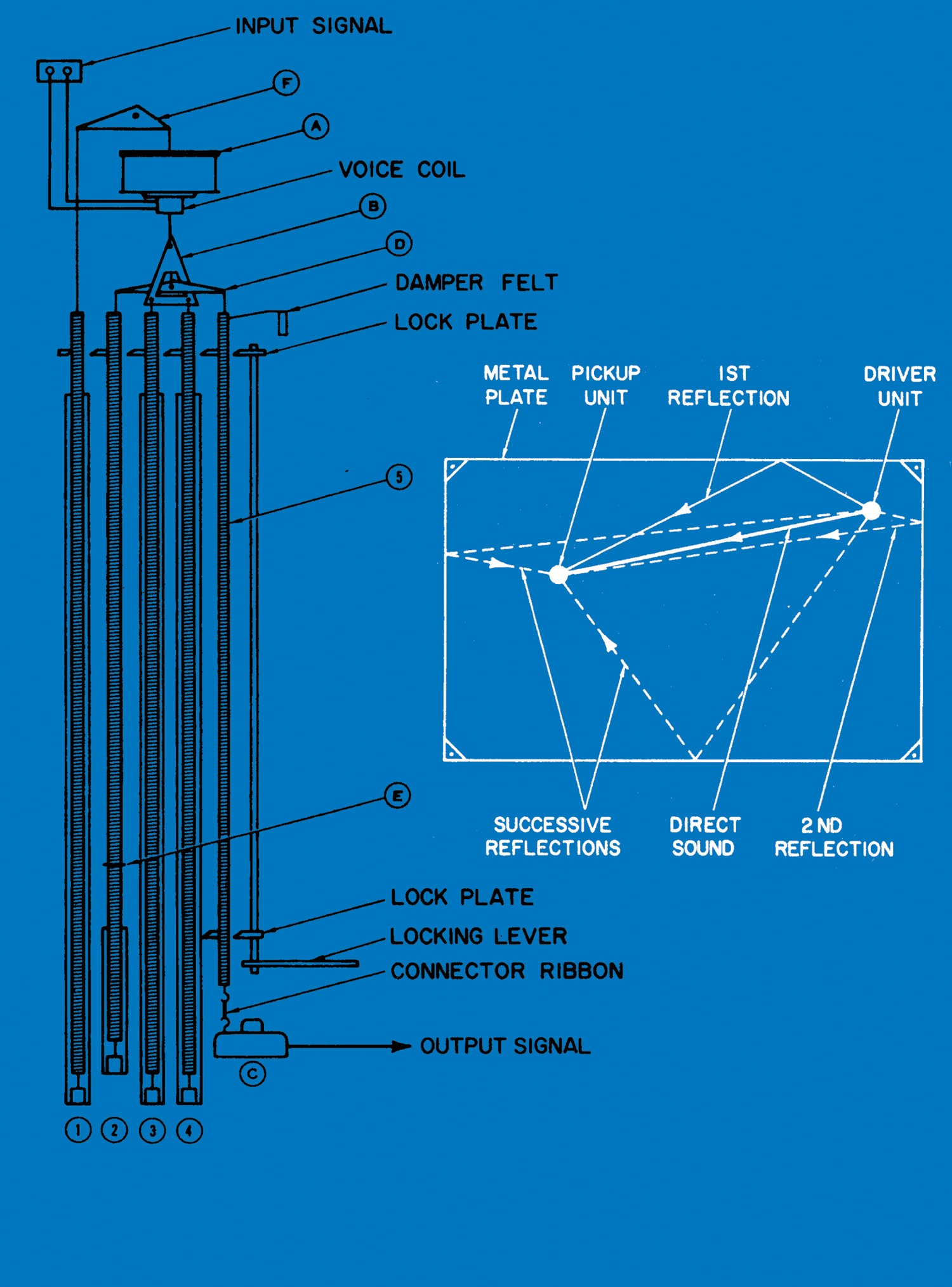

_display_horizontal.jpeg)
